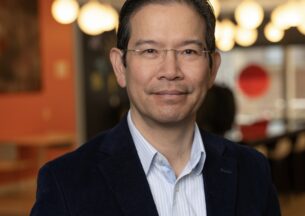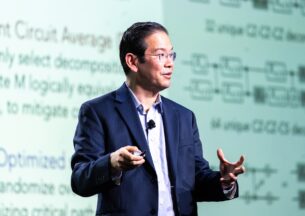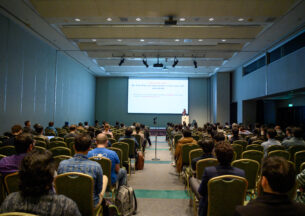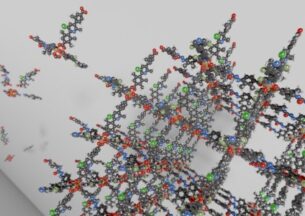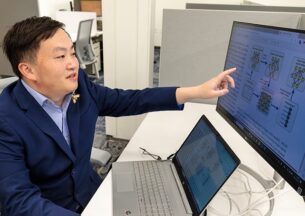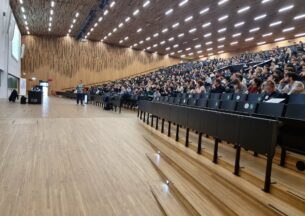University of Chicago and UIUC Lead New Quantum Education Program

Researchers from UChicago CS and the Grainger College of Engineering’s Illinois Quantum Information Science and Technology Center (IQUIST) at the University of Illinois at Urbana-Champaign will co-lead an ambitious program to support quantum education workforce development across the country.
Called Q2Work, the program is supported by a three-year, $750,000 award from the National Science Foundation. The program will include collaborations with the Chicago Quantum Exchange, the Joint Quantum Institute, and the New York Hall of Science.
Q2Work is also a leading member of a new Q-12 Partnership, spearheaded by the National Science Foundation and the White House Office of Science and Technology Policy. This partnership brings together more than a dozen U.S. industry and academic leaders including Amazon Web Services, American Physical Society, Boeing, Google, IBM, IEEE-US, Lockheed Martin, Microsoft, Montana Instruments, The Optical Society, Rigetti, and Zapata.
It will include a website that will serve as a hub for bringing together community learning resources and provide context for educators teaching at different levels and in a variety of contexts. It will also highlight a wide array of outreach and internship opportunities and information about careers in quantum science.
“There is such momentum behind quantum research, thanks to the National Quantum Initiative Act and other efforts,” said Grainger Engineering’s Emily Edwards who leads the project with Diana Franklin, a computer science professor at the University of Chicago. “We can’t let that disappear, so we have to build connections across education and workforce development programs to support learners and educators, which will bolster R&D for decades to come.”
The project has received coverage from HPCWire, The Quantum Daily, and NextGov, and was featured in blog posts by IBM and the NSF.
Along with digital content, Q2Work will offer a series of workshops for the quantum education community, which will focus on key concepts in quantum information science and identifying age-appropriate aspects of those concepts. The program’s activities will enable the creation of new tools and materials for teaching quantum science in both the classroom and other locations, such as museums. ]
The work builds, in part, on the “Key Concepts for Future Quantum Information Science Learners” workshop, facilitated earlier this year by the National Science Foundation, and the White House Office of Science and Technology Policy. Edwards and Franklin were two of the lead writers of that gathering’s report, which provided a framework for developing new curricula in this growing field.
“A workshop and report laid out nine key concepts that define the field of quantum information science, introduce fundamental ideas for the field, and describe critical areas of study and applications,” said Franklin. “Now, with Q2Work, we move those concepts into the classroom, and especially support a quantum workforce that draws from diverse communities and a range of disciplines.”




